Trekking in Ladakh Zanskar, offers an unforgettable adventure through one of the most remote and rugged regions in the Indian Himalayas. The area is known for its stunning landscapes, ancient monasteries, and unique culture making it a haven for trekkers seeking solitude and challenge. The region boasts trails that pass through high-altitude deserts, dramatic gorges, and snow-capped peaks. Popular treks like the Chadar Trek and Padum to Lamayuru route provide thrilling experiences, with frozen rivers and scenic valleys as backdrops. Trekkers can also encounter traditional Zanskari villages, where centuries-old Buddhist customs are still practised.
10 Places For Trekking In Ladakh Zanskar
The trekking in Ladakh Zanskar region offers some of the most iconic treks in India, characterised by high mountain passes, narrow river valleys, and stunning views of snow-capped peaks. Listed below are a few popular treks in the area.
1. Chadar Trek
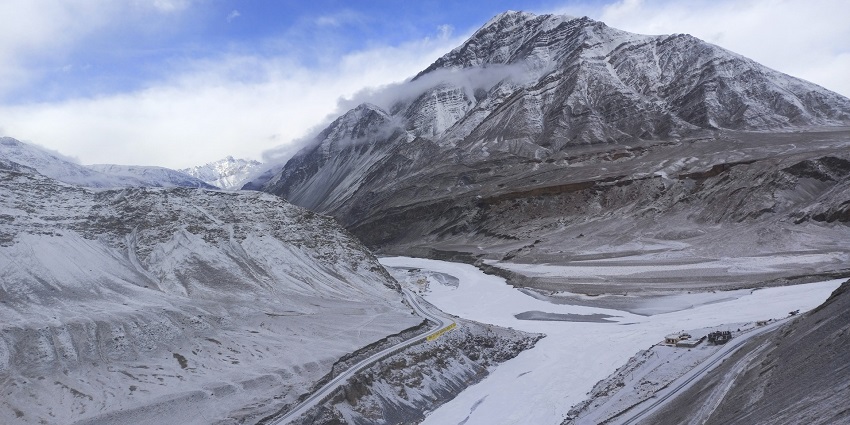
Photo: Joshi Milestoner / Unsplash / Image For Representation Only
The Chadar Trek is one of the most iconic winter treks in India. It involves trekking on the frozen Zanskar River, with ice sheets forming the ‘chadar’ (blanket). The trek offers a surreal experience of walking on the river, passing through frozen waterfalls and towering cliffs. It’s physically demanding, with temperatures dropping to -30°C, but the stunning frozen landscape makes it worthwhile. The stark beauty of the frozen landscape and the opportunity to interact with locals in their remote villages make this trek truly special.
Best Time To Trek: Between January and February when the river is completely frozen
Difficulty: Moderate to challenging
Suggested Read: Adventure Sports In Ladakh – Planning The Ultimate Trip
2. Lamayuru To Padum Trek
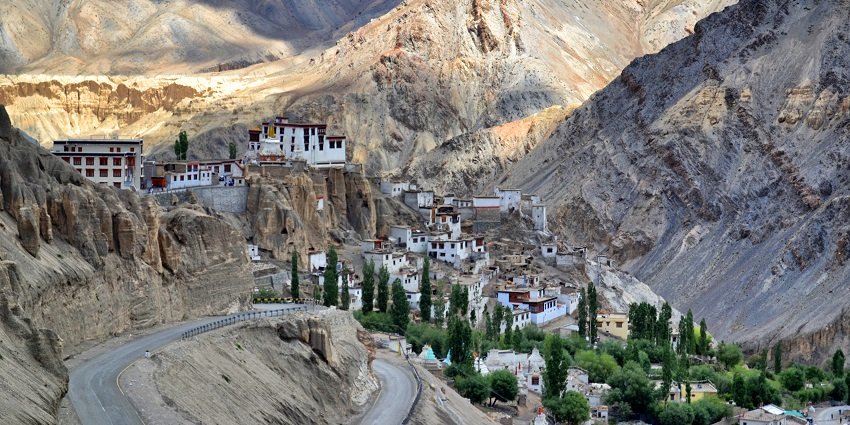
Photo: 2Backpackers / Wikimedia Commons
This is one of the most famous and challenging treks in Zanskar. Starting from Lamayuru, known for its ancient monastery, the trek passes through high-altitude passes like Sengge La (4,960 meters) and Prinkiti La. Along the way, trekkers explore remote villages, ancient Buddhist monasteries, and stunning mountain landscapes. The trek offers insight into the lives of Zanskari villagers, with opportunities to stay in homestays. The journey ends in Padum, the heart of Zanskar. It is a demanding trek, both physically and mentally, but a successful completion ensures breathtaking scenery and rich cultural experiences.
Best Time To Trek: June to September
Difficulty: Challenging
3. Darcha To Padum Trek
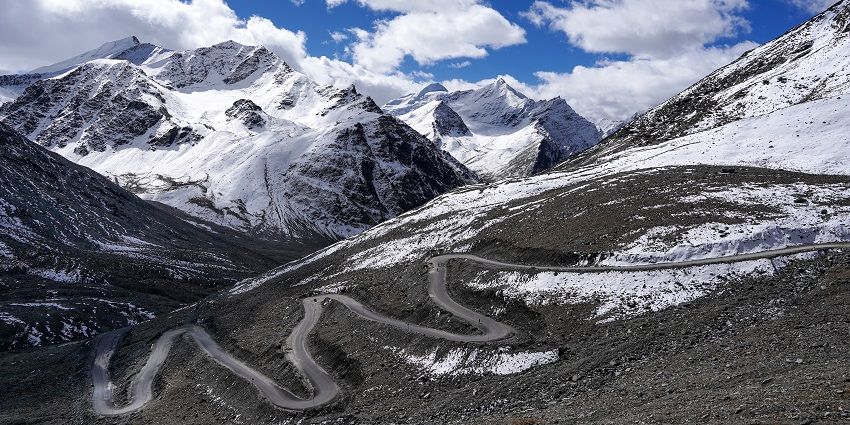
Photo: Tagooty / Wikimedia Commons
The Darcha to Padum Trek connects the Lahaul Valley in Himachal Pradesh with Zanskar. It crosses the formidable Shingo La Pass (5,090 meters), which offers stunning panoramic views of the surrounding peaks. The route winds through narrow gorges, alpine meadows, and remote Zanskari villages, where trekkers can experience local culture and hospitality. The trek is long and challenging, taking 12-14 days, but the opportunity to explore such remote terrain is rewarding.
Best Time To Trek: Between June and September when the high passes are snow-free and the weather is relatively mild
Difficulty: Challenging
Suggested Read: Places To Visit In Ladakh
4. Markha Valley To Zanskar Trek
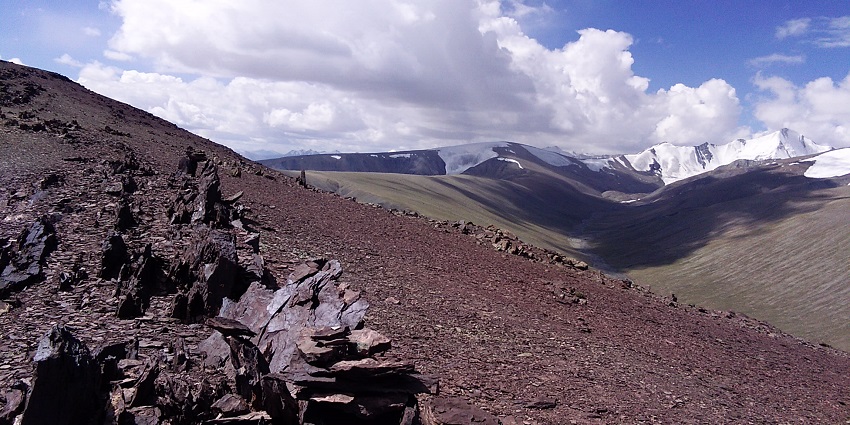
Photo: Chris Hunkeler / Wikimedia Commons
This trek is an extended version of the popular Markha Valley trek, continuing into the Zanskar region. Trekkers pass through high-altitude passes such as Rubrang La (4,800 meters) and Zalung Karpo La (5,200 meters), offering stunning views of the Zanskar Range. The route takes trekkers through beautiful villages, remote valleys, and ancient monasteries. The landscape varies from green valleys to barren, lunar-like mountains. This trek provides a great mix of culture and natural beauty. The trek requires a high level of fitness due to its length and altitude, but the rewards are worth the effort.
Best Time To Trek: June to September
Difficulty: Moderate
5. Zanskar To Spiti Trek
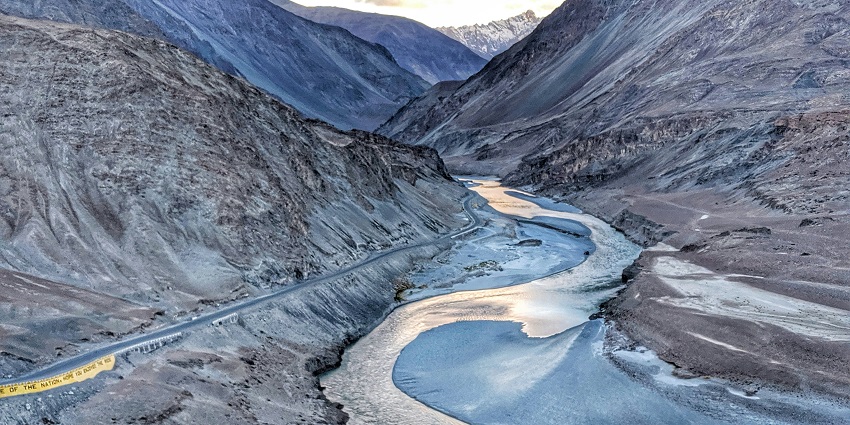
Photo: AYANDRALI DUTTA / Unsplash / Image For Representation Only
This trek connects two remote Himalayan regions: Zanskar in Ladakh and Spiti in Himachal Pradesh. Starting in Padum, trekkers cross several high passes, including the Parang La (5,600 meters). The trek offers a mix of stark desert landscapes, green meadows, and dramatic mountain views. The journey takes you through ancient Buddhist monasteries, secluded villages, and along the Zanskar River. The trek is physically demanding due to the high altitude and remoteness, but it provides an unmatched opportunity to explore two of the least-travelled regions in the Himalayas.
Best Time To Trek: in summer June to September
Difficulty: Challenging
Suggested Read: Top Places To Visit In Nubra Valley
6. Phuktal Monastery Trek
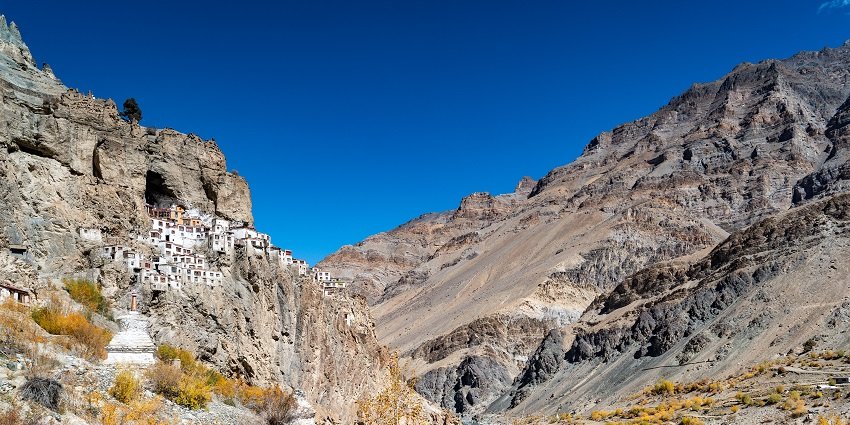
Photo: Timothy A. Gonsalves / Wikimedia Commons
The Phuktal Monastery is one of the most isolated monasteries in Zanskar. This shorter trek is centred around the remote and spectacular Phuktal Monastery, perched dramatically on a cliffside above the Lungnak River. Starting from Padum, the trek passes through small villages and offers a glimpse into traditional Zanskari life. The highlight of the trek is reaching Phuktal Monastery, one of the most isolated and spiritually significant monasteries in the region. The monastery’s dramatic location and ancient murals make it a fascinating place to explore. This trek can be completed in 5-7 days.
Best Time To Trek: late September to October
Difficulty: Moderate
7. Stongde To Padum Trek
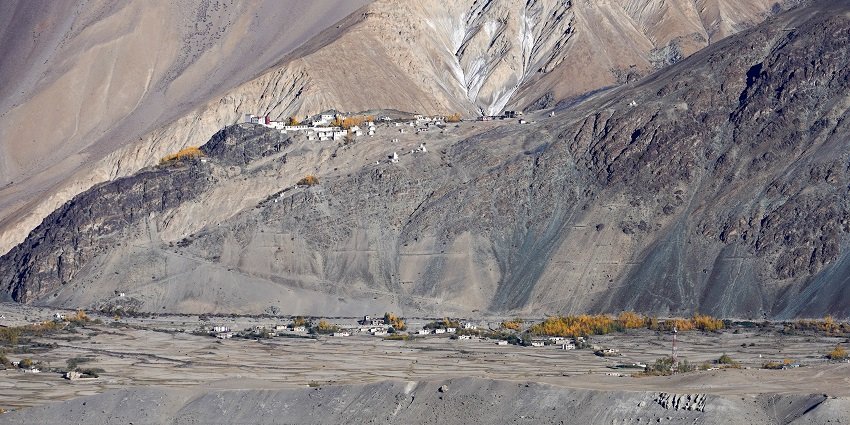
Photo: Timothy A. Gonsalves / Wikimedia Commons
This trek is a relatively moderate journey through the heart of Zanskar, starting from the village of Stongde and ending in Padum. Along the way, trekkers pass through small, picturesque villages and visit monasteries such as Stongde Gompa, which offers beautiful views of the surrounding mountains. This trek provides an excellent introduction to Zanskar’s unique culture and landscapes without the physical demands of higher-altitude treks. The trek typically lasts 5-6 days and is best done in the summer months when the weather is pleasant and the trails are accessible.
Best Time To Trek: June to August
Difficulty: Moderate
Suggested Read: Enhance Your Vacation With These Things To Do In Ladakh
8. Shade Trek
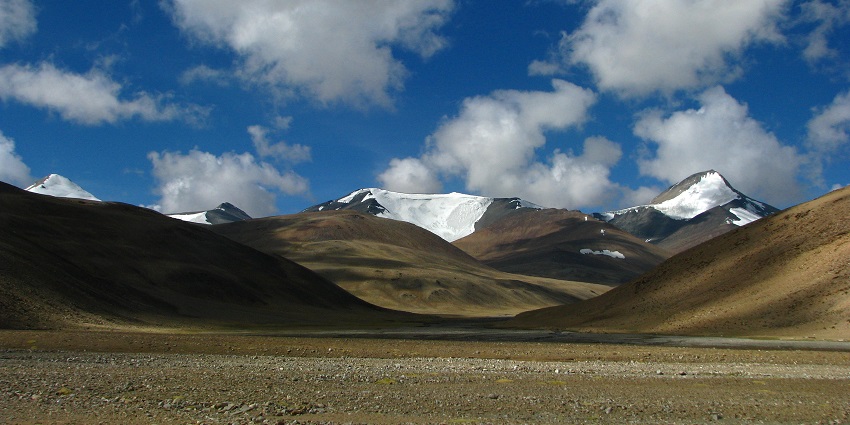
Photo: McKay Savage / Wikimedia Commons
The Shade Trek takes trekkers into one of the most remote regions of Zanskar. Starting from the village of Shade, the trek winds through narrow gorges, high-altitude meadows, and isolated villages. Trekkers pass through stunning landscapes and visit remote Buddhist monasteries along the way. This trek offers solitude, as it is less travelled compared to more popular routes. It’s ideal for trekkers looking for an off-the-beaten-path adventure and a deeper connection with Zanskar’s wilderness. The trek typically lasts 8-9 days and is best done from June to September.
Best Time To Trek: July to mid-September
Difficulty: Challenging
9. Zanskar River Rafting Trek
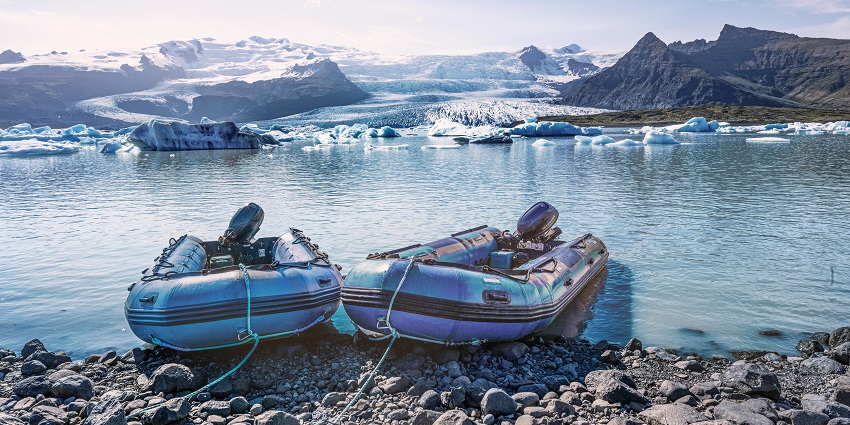
Photo: Miguel Cuenca / Pexels / Image For Representation Only
This trek combines trekking and rafting along the Zanskar River. Starting from Padum, trekkers first hike through beautiful landscapes and remote villages before embarking on an exhilarating rafting journey through the Zanskar Gorge. The gorge, often called the “Grand Canyon of Asia,” offers stunning rock formations and dramatic landscapes. Trekking and river rafting provide a unique and thrilling way to experience Zanskar’s rugged beauty. The trek-rafting trip lasts around 7-9 days and is best done when the river conditions are ideal for rafting.
Best Time To Trek: July and August
Difficulty: Moderate
Suggested Read: Discover Stok Monastery For A Spiritual Retreat
10. Rangdum To Padum Trek
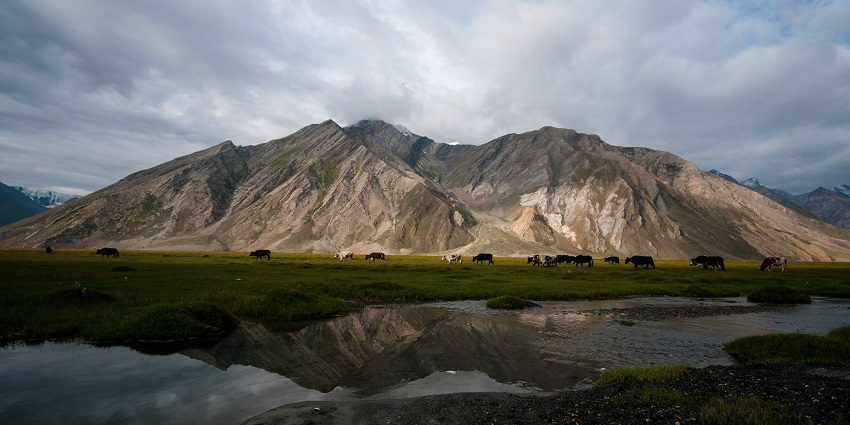
This trek takes trekkers from the isolated village of Rangdum to the capital of Zanskar, Padum. The route passes through remote valleys, high passes, and picturesque Zanskari villages. Trekkers also have the opportunity to visit ancient monasteries like Karsha and Sani. The trek offers a great mix of cultural exploration and natural beauty, with stunning views of the Zanskar Range throughout the journey. It’s a moderately challenging trek, requiring good physical fitness but without the extreme altitudes of other Zanskar treks. The trek can be completed in 7-8 days, and summer (June-September) is the best time to do it.
Best Time To Trek: June to September
Difficulty: Moderate
Trekking in Ladakh Zanskar region is an extraordinary experience for adventurers seeking remote, high-altitude landscapes, rich cultural encounters, and spiritual exploration. Whether walking on the frozen Zanskar River during winter or crossing high passes in summer, Zanskar offers an unparalleled trekking adventure that rewards its visitors with breathtaking scenery and a deep sense of solitude. Book a trip with TripXL to experience the adventures of trekking in Zanskar, Ladakh.
Cover Photo: Bisesh Gurung / Pexels / Image For Representation Only


 WhatsApp
WhatsApp
 Twitter
Twitter









